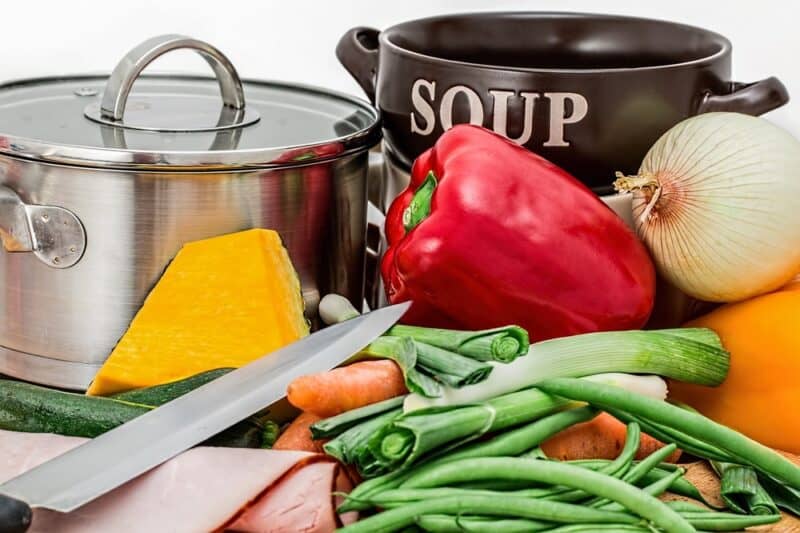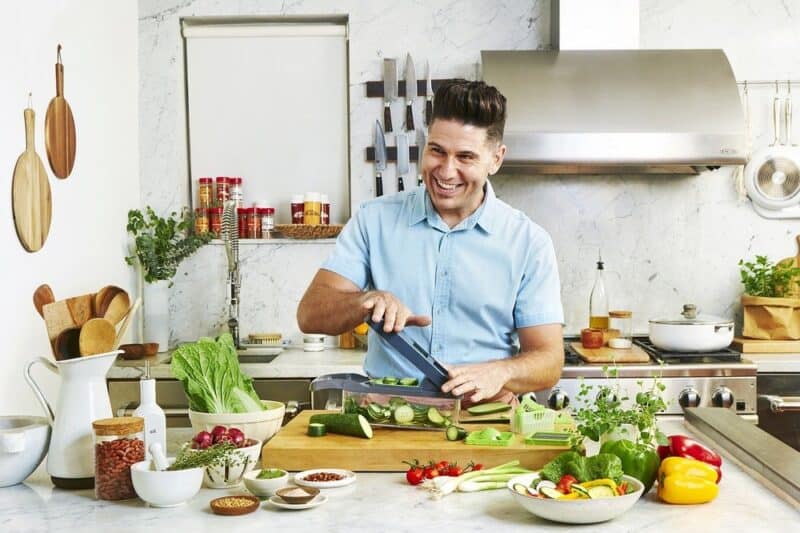Some individuals like cooking because they enjoy following the processes, procedures, and directions. Others like the cuisine they’re preparing and want to go forward to a freshly prepared home-cooked dinner. However, both groups of cooks will benefit from a few clever kitchen tricks and cooking ideas.
You’d probably be glad to reduce the amount of time it takes to cook, regardless of how much you like the effort or the end product, particularly if you’re cooking for the entire family every night. Therefore, you must know some clever kitchen hacks to smoothen your cooking goals. They eliminate needless food prep processes, allowing you to cook faster—and eat more quickly—without sacrificing any of the pleasures of dicing and stirring.
Do you want to make your cooking more manageable and efficient? Are you ready to cut down on your meal preparation time? Dig in to know the hacks that’ll benefit you each time you enter your kitchen.
What are the best hacks to give you a seamless cooking experience?

Whether you’re just getting started cooking or want to mix things up a little, these culinary hacks have you covered:
1. Take a minute to go through the process of preparing your meal consciously:
Your cooking process becomes considerably better if you take one minute before you begin cooking to reflect on what you’re going to accomplish. If you’re preparing several dishes, you may figure out what takes the shortest time to cook. You may also learn how to prep and cook meals in the best sequence possible, taking advantage of prep time while something else cooks. It’s far more effective to have a strategic game approach so you don’t make any mistakes, such as forgetting to boil the water.
To ensure your hands are well-protected from sharp knives, it’s advisable to always use knife-proof gloves in the kitchen. The unpredictability of cooking, especially when hurried, can sometimes leave you bleeding, highlighting the importance of such safety measures. In addition to protecting against cuts, it’s equally important to consider the safety of the materials you’re using in food preparation. A common question in this regard is, ‘Are nitrile gloves food safe?’ Nitrile gloves are not only helpful in preventing injuries but are also recognized for their safety in food handling. For detailed insights about the safety and advantages of using nitrile gloves for cooking. Combining knife-proof gloves’ protection with nitrile gloves’ hygienic benefits can greatly enhance your cooking experience, keeping you safe from both cuts and contamination.
2. Prepare all of the equipment and preheat the oven:

There’s a justification why all oven recipes begin with preheating the oven. Please turn on the heat before you even start cutting the vegetables, or use the latency start option on your range, so it’s already on as you enter the kitchen. You can also haste the process by using convective heat transfer to warm the oven, and you can quickly turn it back to standard bake after it’s heated.
Pull out any necessary equipment or appliances, so you don’t have to scramble amid the dishes. If it’s already out, you can also toss items into the hand mixer or food blender as you weigh and prep. If you want to take the stress out of cooking, you could consider adding appliances such as a thermomix tm5 to your equipment. Tools like this can be very useful when you want to minimize the mess created by home cooking. You are using one item to prepare and cook.
3. Boil the water immediately:
Get that pot of tap water on the stove as soon as possible so you can prepare as it heats up. Don’t even take off your coat or check your phone until you’ve started that pot. Remember to cover it with a lid; lids are your buddies! Water boils quicker when covered, and enclosed food cooks faster as well. If you have an induction hob, it may also be helpful for quickly heating water.
4. Fill a pan with shelf or refrigerator items:
This advice comes from watching culinary contests on television, such as Iron Chef or Masterchef. The contestants take large, shallow pans, dash to the pantry or freezer, and fill them with as much as they can at once, so they don’t have to travel back and forth.
While a home kitchen isn’t the same as a television studio, you can make this idea work for you. Fill a rimmed baking tray or large dish with food and place it in the refrigerator, so you have to make one trip. You’ll also know straight away if you’re missing an essential ingredient or don’t have enough of it rather than midway through cooking.
5. Thoroughly clean your vegetables:

If possible, trim your produce first, such as removing the tips of fresh vegetables or chopping up lettuce, and then wash it. This means you’ll have less to clean, and you’ll be able to do it all at once. It’s also possible to save water by washing everything in a strainer.
6. Arrange your meals in a logical sequence and multitask:
Well-written recipes include items in the order in which they’re used, and they’re generally a good guide for how to prepare things. While individuals who are just beginning to cook should prepare everything ahead of time to concentrate entirely on the job at hand, more experienced chefs can multitask. For example, onions take a long time to caramelize, so cut and sauté your onion bulbs first before measuring and chopping the rest of the ingredients.
7. Grate the butter:
Softened butter is often called for in baking recipes, but you may not have the patience to prepare for it to get to room temperature. Grating cold or better-frozen butter into beautiful flaky pieces on a grater is a fast technique; shredded butter will melt when it takes to prepare the pan.
In conclusion
If spending time in the kitchen is a pain for you, or you’re searching for methods to accelerate the process, these methods will come in handy. The tips given above will save you time which you can utilize in other tasks. Even those of you who enjoy cooking may sometimes find it to be a time-consuming process, especially if you’re in a hurry to get supper on the table. So, make use of these tips to smoothen your cooking experience.

